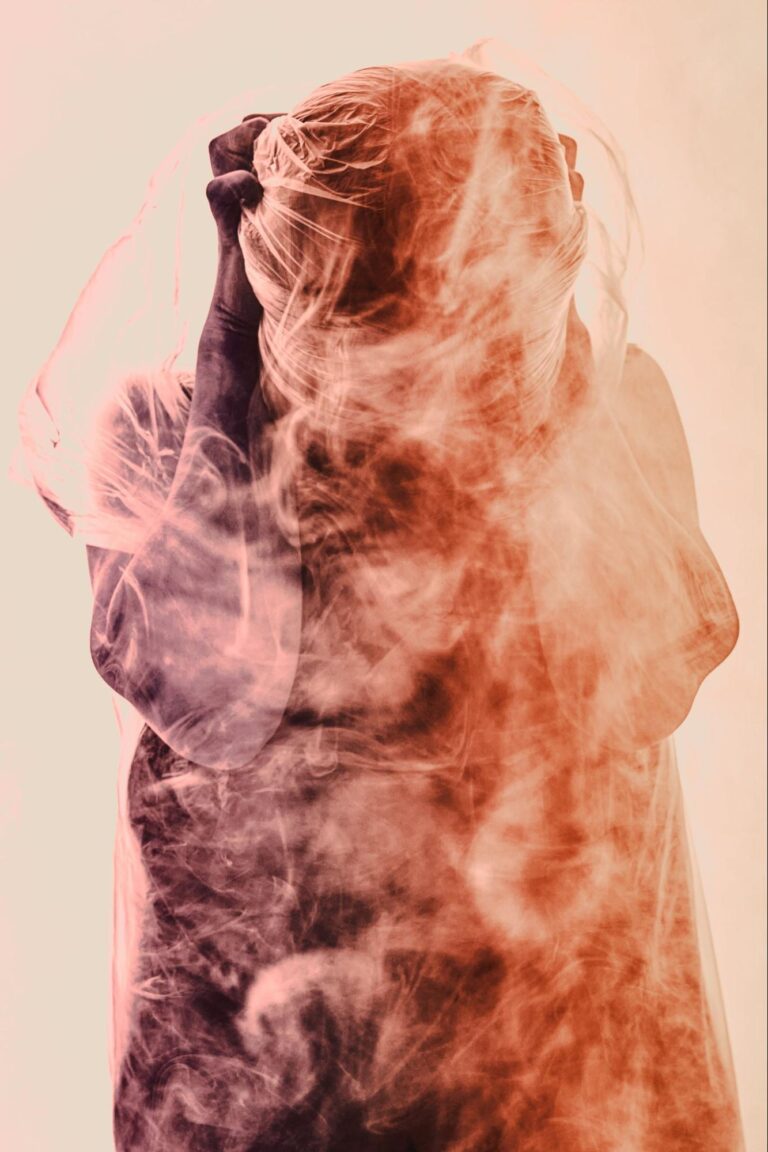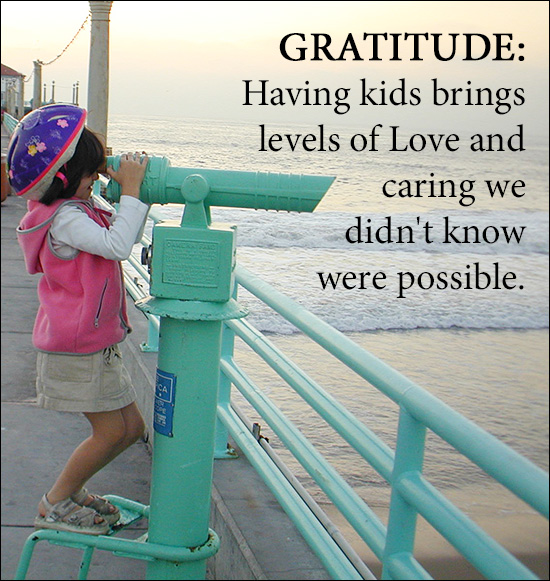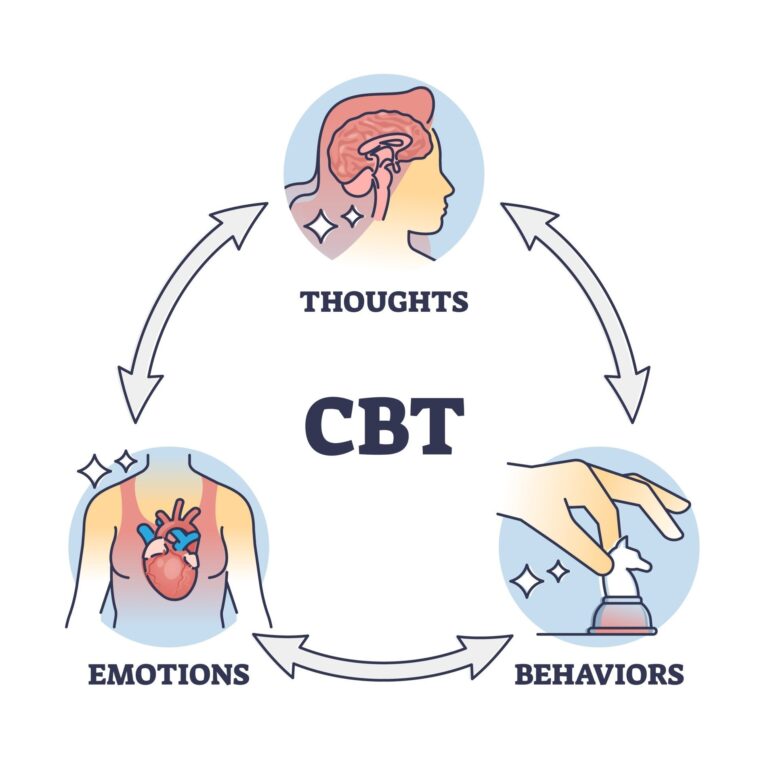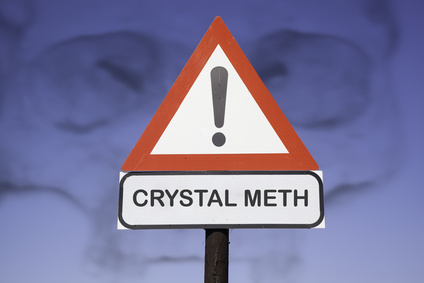Bodily injuries often require physical therapy during and after the healing process. The benefits of rehab are that a person experiences less pain, gets back some or all of their mobility and avoids further complications down the road.
Forgoing physical therapy increases the risk of further injury. The same can be said about recovering from alcoholism and addiction.
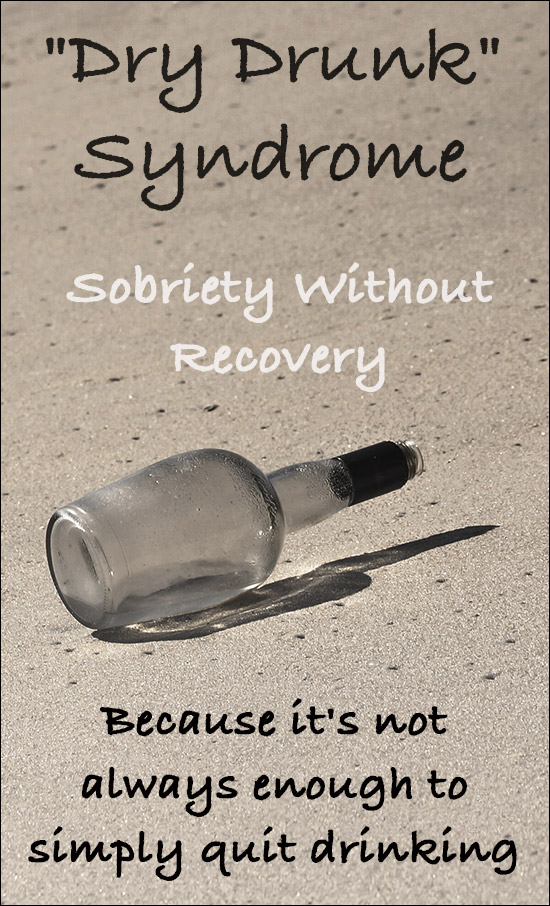
Getting sober is certainly a vital part of the recovery process, but without treating the underlying causes of the disease, the rehab part of recovery, a person will often be plagued by the symptoms of being a “dry drunk.”
Dry Drunk Syndrome is loosely defined as an alcoholic or person with alcohol use disorder (AUD) who abstains from alcohol for a period of time but continues to have the symptoms of a person living with active alcohol addiction.
The National Institute on Alcohol Abuse and Alcoholism (NIAAA) estimates that just over 15 million adults in the U.S. suffer from alcohol dependency or addiction. Unfortunately, less than one 1 million of those people ever receive proper treatment for alcoholism.
Two Categories of Dry Drunk Syndrome
Though anyone in recovery from addiction can be at risk, people suffering from dry drunk syndrome generally fall into two categories:
- Individuals that received some form of addiction treatment but stopped attending therapy, support groups or relapse prevention programs because they think or believe that not drinking alcohol is enough to recover
- Those suffering from alcohol dependency or alcoholism that never received any form of treatment but stopped drinking on their own due to the continued negative consequences of their behavior
In both cases, people living with dry drunk syndrome have not been treated for the root causes or underlying psychological drivers of addiction and are likely still suffering significant mental and emotional pain and turmoil.
In some cases, dry drunk behavior can actually be more unpredictable and dry drunks can experience a spike in their symptoms in the absence of alcohol consumption.
For friends or family who desperately wish their loved one would finally quit drinking, this can come as a shock and put greater amounts of stress on already strained relationships.
Dry Drunk Symptoms
Dry drunk behavior will vary from person to person depending on the length of time they have been using alcohol on a regular basis, and the amount of alcohol they drink each day.
For those with a serious addiction spanning many years, or those who have mental health issues that complicate matters, the signs and symptoms will probably be more pronounced.
In General, Dry Drunk Symptoms Often Include Some of the Following:
- Nostalgia for past drinking days, seemingly forgetting about or ignoring the damage and negative consequences alcohol caused in their life
- Severe mood swings, from depression to irritability
- Impulsive, risky or unhealthy behaviors
- A sense of self-pity or acting as if they’re a victim
- Difficulty concentrating on anything, but negative thought patterns
- Extremely high risk of relapse
How to Avoid Dry Drunk Syndrome
There are several ways to avoid dry drunk syndrome and live a healthier, happier life in recovery. Perhaps the most important is to finish all aspects of treatment, including the very important work of examining the underlying psychological causes of addiction.
Very often, other issues at work need to be addressed, such as the presence of chronic depression, past trauma that’s gone unaddressed or even physical problems like chronic pain that create a desire for people to self-medicate with alcohol.
Without treating these issues, it’s difficult for a person to make a full recovery.
A stable, lasting recovery from alcoholism takes work and it’s necessary to have the tools needed to cope with life’s inevitable stressors.
Cognitive Behavioral Therapy (CBT) is an evidence-based, skill-oriented therapy that teaches people how to engage in adaptive thinking. When a person learns the relationship between their thought processes, emotional state and behavior, they’re empowered to make better decisions.
For people already in recovery, it’s important to know the signs of dry drunk behavior so they don’t lead to emotional turmoil and, ultimately, relapses.
Initial treatment is the first step, and the tools learned should be practiced regularly after leaving treatment.
Continuing to focus on cognitive therapy and relapse prevention techniques can do wonders, but finding a support group like AA or SMART Recovery will strengthen recovery and offer lasting results.
With a person who’s sober but living as a “dry drunk,” it’s important for family and friends also to provide support when possible and gently encourage them to seek treatment so they can live a more fulfilling life.
Related:
